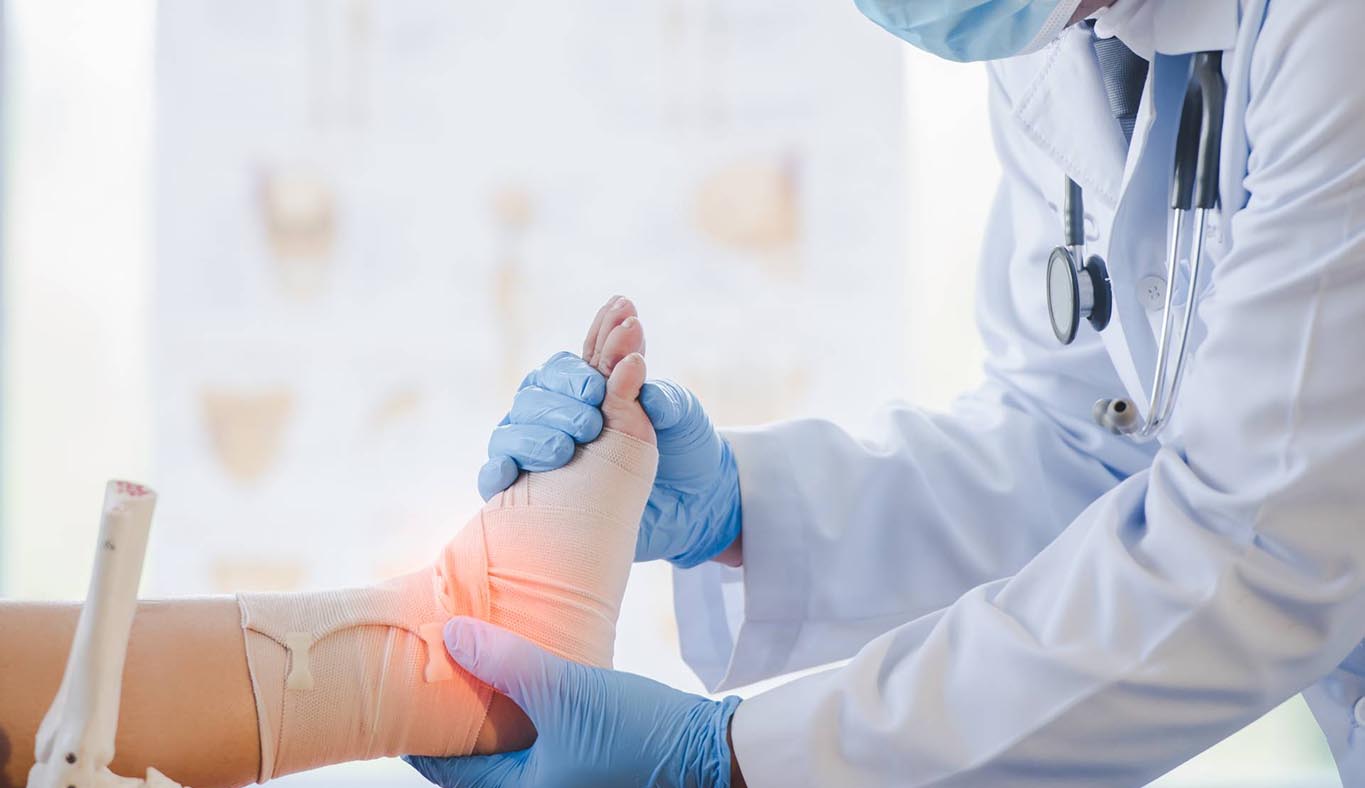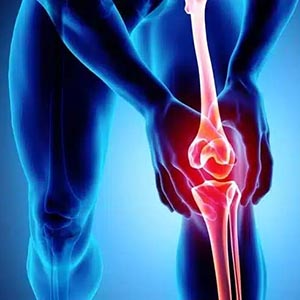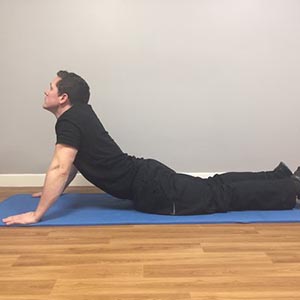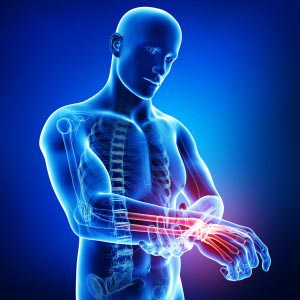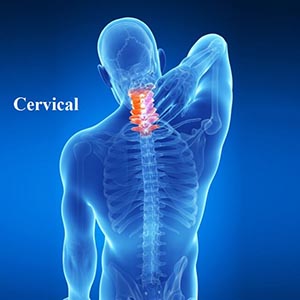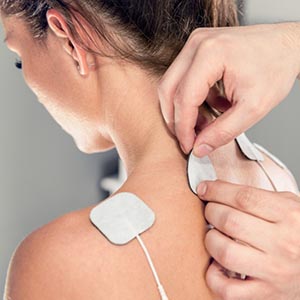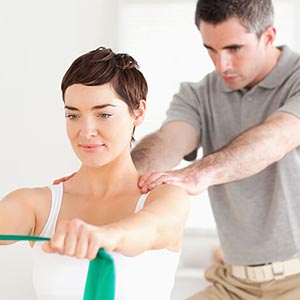Description
Orthopedics focuses on treating the musculoskeletal system. This system comprises muscles, bones, joints, ligaments, and tendons. A person who specializes in orthopedics is known as an orthopedist.
Orthopedists use surgical and nonsurgical approaches to treat musculoskeletal issues, such as sports injuries, joint pain, and back problems.
If you are experiencing any type of pain in your knees, hips, neck, shoulder, arms and back then it’s time that you should consider visiting an orthopedic doctor. The major symptoms that one should consider include:-
- Severe pain in tendons, muscles and joints from a couple of days.
- Joint deformity.
- Swelling around the place of injury.
- Difficulty in shoulders, knees, hips and ankles while performing the daily tasks such as walking on stairs and lifting carry bags.
Orthopedics has extended beyond the treatment of fractures, broken bones, strained muscles, torn ligaments and tendons, and other traumatic injuries to deal with a wide range of acquired and congenital skeletal deformities and with the effects of degenerative diseases such as osteoarthritis. A specialty that originally depended on the use of heavy braces and splints, orthopedics now utilizes bone grafts and artificial plastic joints for the hip and other bones damaged by disease, as well as artificial limbs, special footwear, and braces to return mobility to disabled patients. Orthopedics uses the techniques of physical medicine and rehabilitation and occupational therapy
Types of Orthopedic Practices:
An orthopedist may specialize in a particular branch of orthopedic medicine. These branches are called subspecialties. Some orthopedic subspecialties include:
- hand and upper extremity
- foot and ankle or podiatry
- orthopedic oncology, including tumor and cancer care
- pediatric orthopedics
- spine surgery
- trauma surgery
- joint replacement surgery
Our Physiotheraphy Services
Strengthening Program
Strengthening exercises are exercises which are designed to increase the strength of specific or groups of muscles. Strengthening exercises overload the muscle until the point of muscle fatigue. This force and overload of a muscle encourages the growth, increasing the strength. Weak muscles can increase the risk of injury to the surrounding joints and soft tissues.There are many different benefits of strengthening exercises. Some of the benefits of receiving a strengthening exercise program are:
- Muscle strength is improved
- Reduced risk of injury
- Improve function
- Improve quality of movement
- Delay onset of arthritic conditions
ROM Exercise, Manual Theraphy
ROM is characterized by the capability of a joint or body part to undergo its complete spectrum of movements. It is the measure of the distance and direction of movement around a specific joint or body part. While the normal range of motion varies among different joints in the body.range of motion exercises therapy includes exercises in the recovery and rehabilitation program that aim to achieve an active range of motion in various joints and muscles. It aims to improve the joints' functionality, reduce pain and the risk of further injury, and ensure a smooth and effective rehabilitation process.
Muscles Re-Education Program
Muscle Re-education is essential for persons recovering from stroke, surgeries such as hip and knee replacement, and those suffering from weakness due to chronic illness such as osteoarthritis, osteoporosis and other age-related impairments. Musculoskeletal conditions cause more functional limitations than any other group of disorders.Specific home-based neuro-musculoskeletal interventions focus on: joint mobility/stability, motor function, and muscle re-education to optimize your daily activities with exercises that are tailored to your living circumstances and goals.Muslce Re-education can:
- Reduce pain and enhance joint stability/functional ability
- Improve quality of life and aerobic capacity
- Prevent bone loss and fracture
Sensory Re-Education
Sensory re-education is a rehabilitation technique that can help survivors regain sensory function by retraining the brain to process sensory signals. This process promotes the return of sensation after stroke by providing stimulation to the brain that encourages sensory processing. Loss of sensation is a common secondary effect experienced by survivors of stroke.This can present as difficulty distinguishing sensations of pressure or temperature, numbness, or a total loss of sensation in a limb. Fortunately, there is hope for regaining sensation after stroke through sensory re-education.Every stroke is different, therefore everyone’s prognosis and recovery from sensory issues will also be different. Some patients experience spontaneous recovery where sensation returns on its own. Other patients require continued therapy in order to maximize the chances of regaining sensation after stroke.
Cervical Spine Problems & Surgeries
Cervical spine disorders involve the neck bones (vertebrae), and spongy discs between the vertebrae, joints, muscles, and ligaments. They're caused by injury or degeneration (break down) of the structures in the spine from normal “wear and tear,” stress, smoking, or aging. One of the main symptoms of a cervical spine disorder is neck pain. You may also have pain in the head, jaw, shoulders, arms, or legs, as well as numbness and weakness. Other problems include impaired coordination or balance, difficulty breathing, or loss of bowel and bladder control.
Frozen Shoulder, Paralysis
Frozen shoulder occurs when the connective tissue enclosing the joint thickens and tightens. Frozen shoulder, also called adhesive capsulitis, involves stiffness and pain in the shoulder joint. Signs and symptoms typically begin slowly, then get worse. Treatment for frozen shoulder involves range-of-motion exercises. Sometimes treatment involves corticosteroids and numbing medications injected into the joint. Rarely, arthroscopic surgery is needed to loosen the joint capsule so that it can move more freely.
Knee Pain, Low Back, Muscles Pain
Injuries, poor posture, or arthritis can all cause lower back and knee pain. Lower back pain is a common condition that can make it hard to exercise or perform daily activities. Individuals with lower back pain may put more pressure on their knees to compensate, which can lead to discomfort in the knee joints. Some knee injuries can heal on their own with rest and care. Nonoperative treatments like physical therapy may also help solve many knee pains.
